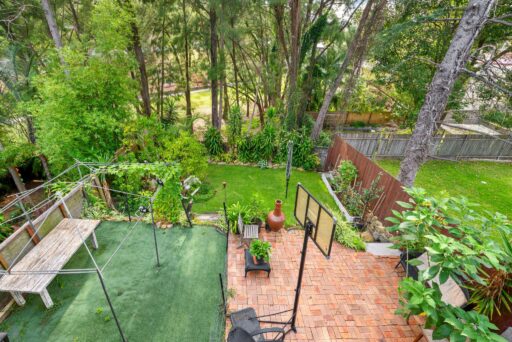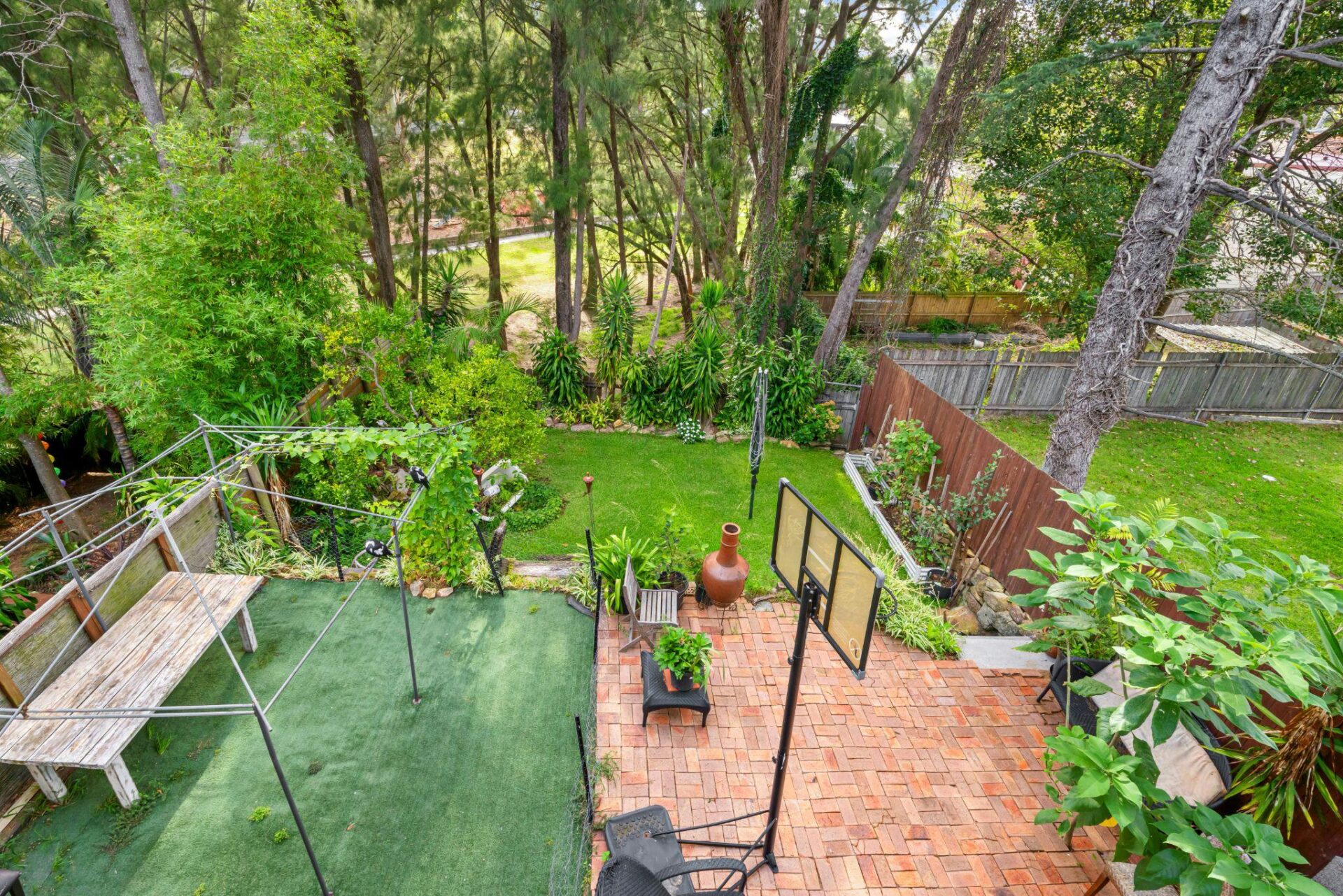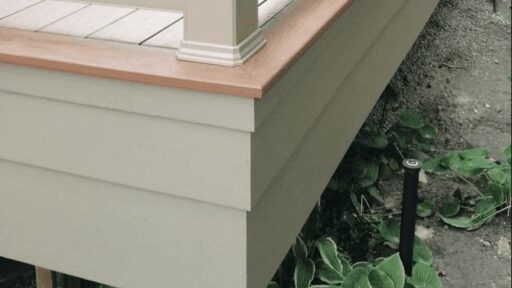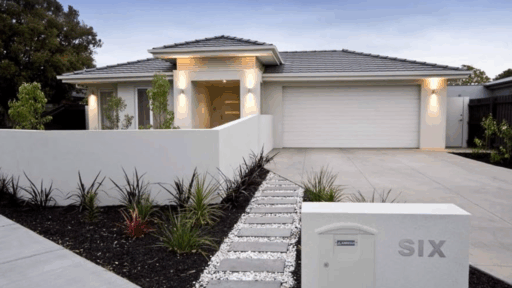It may seem like the best way to make your home better because it adds value, beauty, and usefulness. Outside kitchens, fire pits, and quiet backyard nooks are just a few of the great ideas out there. People may eagerly plan their budgets for patio furniture and pavers, but many forget the less exciting (and often more expensive) costs of remodelling their outdoor areas. Even popular low-maintenance features—like artificial turf—can come with hidden expenses; artificial turf requires maintenance too, especially for cleaning, infill replenishment, and drainage issues.
If you’re not ready, these unexpected costs can quickly make your job cost more than planned. Here are the seven costs people often forget when remodelling their backyards, so you can make smart choices from the start.
1. Permit Fees and Zoning Approvals
People in your area may need to give their permission before you even pick up a shovel. Often, cities and towns need permits to build things like decks, fences, sheds, electrical systems, and even big landscaping features. If you don’t get permits for changes to the structure or entry for utilities in your backyard, you could be fined or have to undo the work.
Costs for permits depend on where they are used, but are usually between $50 and several hundred dollars. Some homeowners also find that the projects they want to do are against the rules for their neighbourhood, which can lead to extra planning or legal fees.
Check with your city or town ahead to avoid delays and legal problems. Even better, hire a worker who knows how the permit process works.
2. Utility Mapping and Rerouting
It’s not as easy as it looks to dig in your yard. Water, gas, electricity, and sewage lines that are buried must be found appropriately and kept safe. You might need to move or protect these lines to put in a pool, waterfall, or even big trees. This could mean calling professionals and possibly rerouting systems.
This is where having a clear landscaping contract from Lawrina can help. It outlines responsibilities, scope, and who’s liable if utility issues arise, giving homeowners peace of mind before the digging starts.
While calling 811 (the national “Call Before You Dig” hotline) is free, any relocation work could cost hundreds or thousands, depending on complexity.
3. Drainage and Grading Fixes
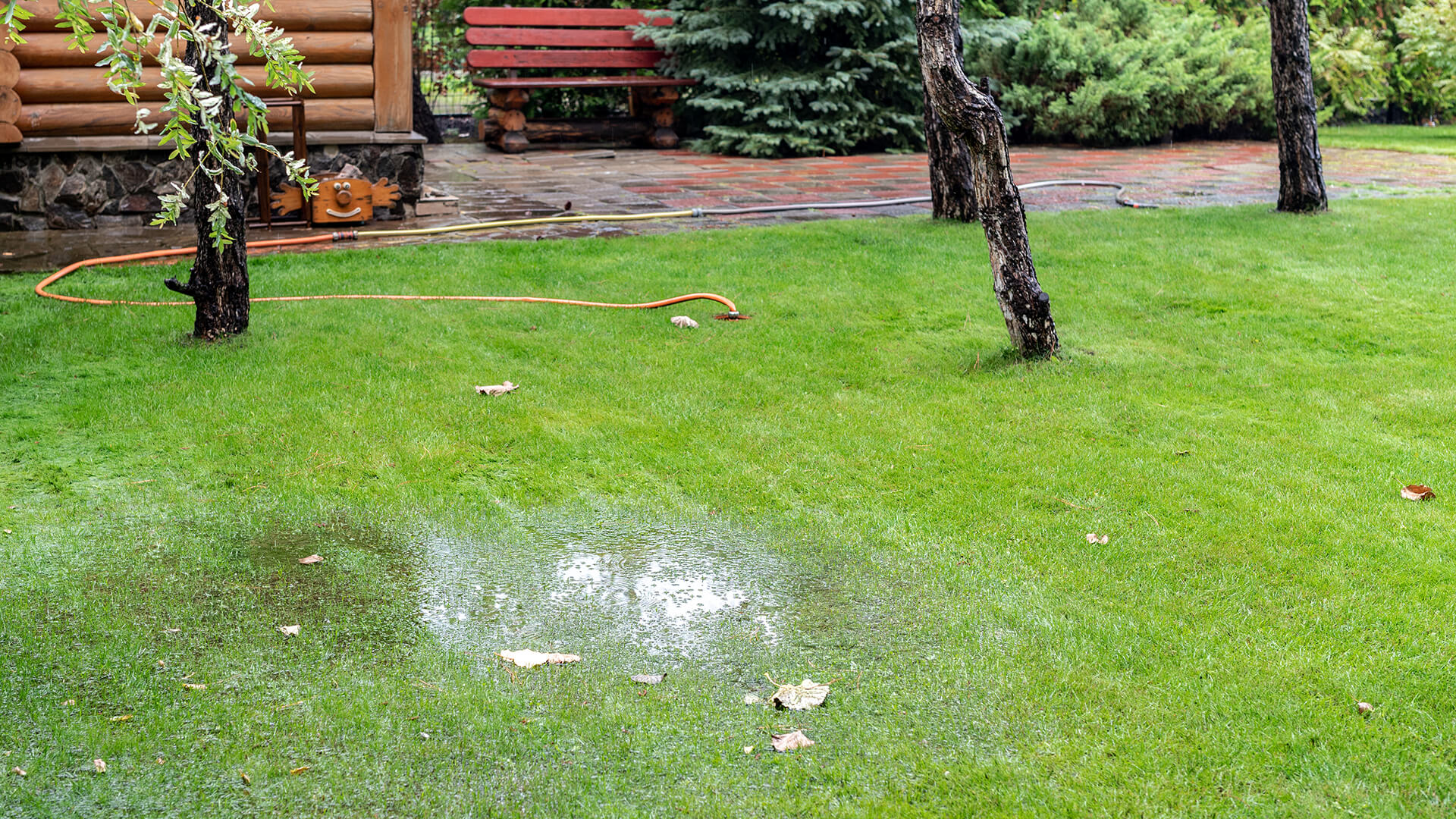
The ground in backyards isn’t always level. If your lawn isn’t level or doesn’t drain well, heavy rain could damage your plants or flood your new deck. It’s usually necessary to grade (change the slope of your yard) or set up a drainage system before you can do anything else, and it doesn’t come cheap.
The price of drainage work can range from $1,000 to $5,000, based on the size and needs of the yard. A lot of people use French drains, dry wells, and retaining walls as solutions, but they make the job more difficult and take more time.
4. Waste Removal and Site Cleanup
Old concrete slabs, tree roots, brush, broken fences — the waste from even a basic makeover can pile up quickly. Many homeowners forget that most landscaping services don’t automatically include waste hauling or disposal in their base price.
You may need to rent a dumpster or hire a hauling service. Local dump fees can also apply, especially for materials like treated wood or metal. This hidden cost is especially frustrating because it doesn’t contribute to your finished result, but it’s unavoidable.
Tip: Ask your contractor whether waste removal is included in your estimate, and what types of materials require special disposal.
5. Soil Preparation and Planting Pitfalls
New sod, plants, and gardens need healthy soil to thrive — but many backyards don’t come pre-equipped with it. Rocky, compacted, or nutrient-poor soil may require tilling, composting, or even full replacement. This step is often discovered mid-project, leading to unexpected delays and additional purchases.
Also, consider the cost difference between sod and seed. While sod is quick and visually satisfying, it costs much more upfront and requires intensive watering in its early stages.
6. Labor and Installation Add-Ons
The quote you get may not include everything. Common overlooked labor costs include delivery fees, extended installation hours, extra materials, and last-minute adjustments. For example, installing a pergola may require special fasteners or anchoring if your soil is soft. Likewise, stone pavers may need leveling sand, edging, or sealing.
Even DIYers encounter hidden labor costs, like renting power tools or buying materials they didn’t anticipate (e.g., gravel underlay, landscape fabric, etc.).
Some installations also require inspections or certifications depending on your state or HOA rules, which can come with extra fees.
Homeowners often assume general contractors will handle every small detail, but many subcontract portions of the job, sometimes at a markup.
Coordination time can translate into billable hours if you’re working with multiple specialists.
Always ask for a detailed breakdown of what’s included in your project estimate to avoid surprises.
7. Long-Term Maintenance Costs
Your backyard project doesn’t end once it’s installed. Lighting systems may require monthly electric costs or bulb replacements. Irrigation systems need seasonal inspection and potential repairs. And even artificial turf requires maintenance like debris removal and disinfecting.
Homeowners often budget for the install but not the upkeep. Before finalizing any design, ask yourself:
- How much time and money will this take to maintain each year?
- Are there lower-maintenance alternatives I could consider?
A smart backyard design balances visual appeal with manageable upkeep — especially for homeowners with busy schedules.
Final Thoughts
Backyard renovations should be exciting — not stressful. While the aesthetic upgrades often steal the spotlight, it’s the hidden costs that can make or break your budget. By thinking ahead and planning for these common expenses, you’ll be able to build a space that’s not only beautiful but also smartly executed.
And don’t forget the paperwork. Whether you’re hiring a landscaping company or subcontractors, a well-drafted agreement like a landscaping contract helps ensure everyone’s on the same page.
Your dream yard is within reach — as long as your budget reaches with it.

